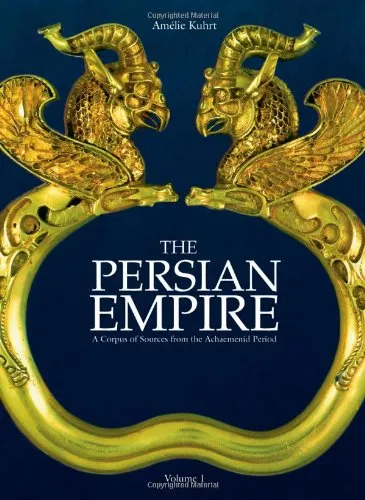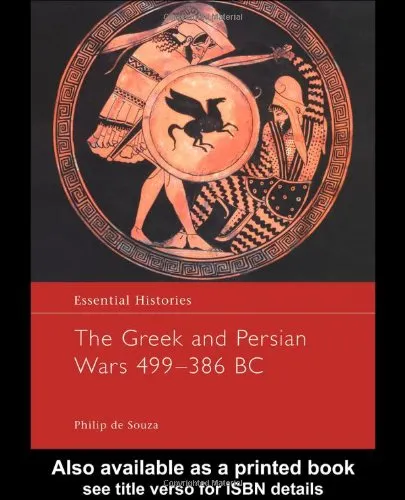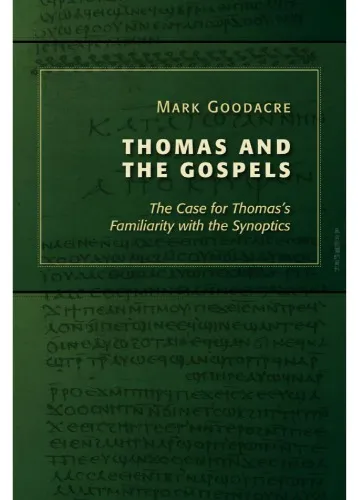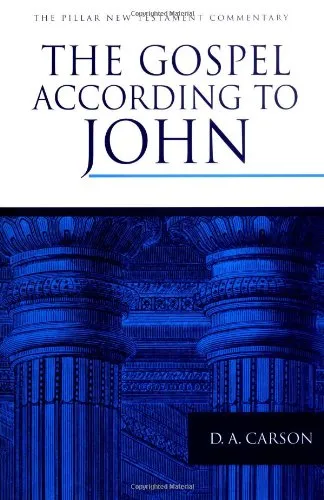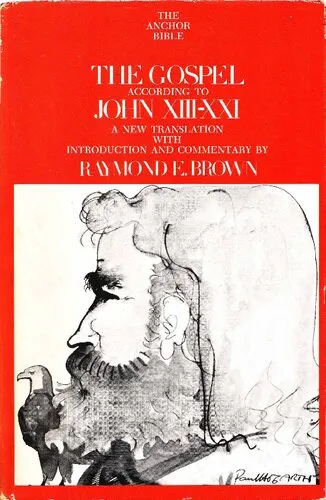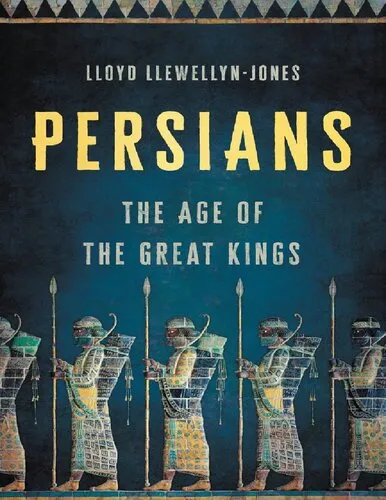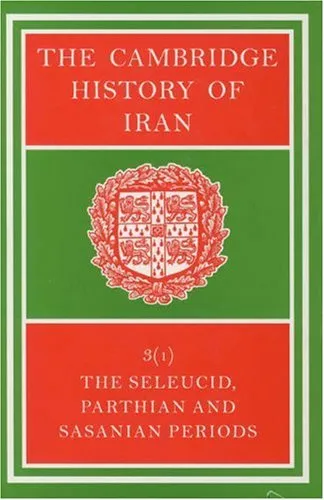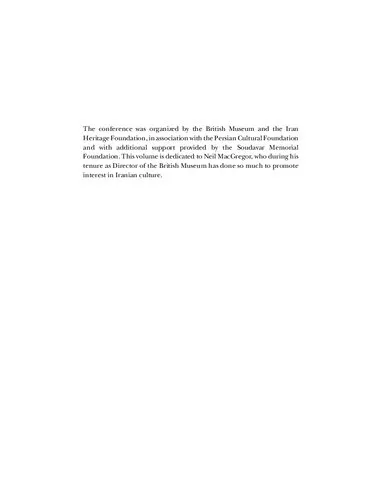The Persian Empire: A Corpus of Sources from the Achaemenid Period Vol.1
4.8
Reviews from our users

You Can Ask your questions from this book's AI after Login
Each download or ask from book AI costs 2 points. To earn more free points, please visit the Points Guide Page and complete some valuable actions.Related Refrences:
This lavish set of books contains the most complete collection of raw material for reconstructing the history of the Achaemenid Persian Empire to date. Studying Achaemenid history has been difficult in the past because original sources include texts from hugely disparate origins, many different languages and various periods in history; the risk is to rely too heavily on biased and often inaccurate Greek and Roman sources. Amelie Kuhrt presents here an unprecedented collection of key texts to form a balanced representation of all aspects of the Empire, in translations from their original Greek, Old Persian, Akkadian, Hebrew, Aramaic, Egyptian or Latin. Kuhrt selects from classical writers, the Old Testament, royal inscriptions, administrative documents and Babylonian historical writing, as well as the evidence of monuments, artefacts and archaeological sites. All material is accompanied by a detailed introduction to the sources and guidelines to their interpretation. A truly monumental achievement, this collection will prove to be a major resource for any student of Persian history, from undergraduate level to the advanced scholar.
Free Direct Download
You Can Download this book after Login
Accessing books through legal platforms and public libraries not only supports the rights of authors and publishers but also contributes to the sustainability of reading culture. Before downloading, please take a moment to consider these options.
Find this book on other platforms:
WorldCat helps you find books in libraries worldwide.
See ratings, reviews, and discussions on Goodreads.
Find and buy rare or used books on AbeBooks.
Questions about Book
1337
بازدید4.8
امتیاز0
نظر98%
رضایتReviews:
4.8
Based on 0 users review
Questions & Answers
Ask questions about this book or help others by answering
Please login to ask a question
No questions yet. Be the first to ask!
